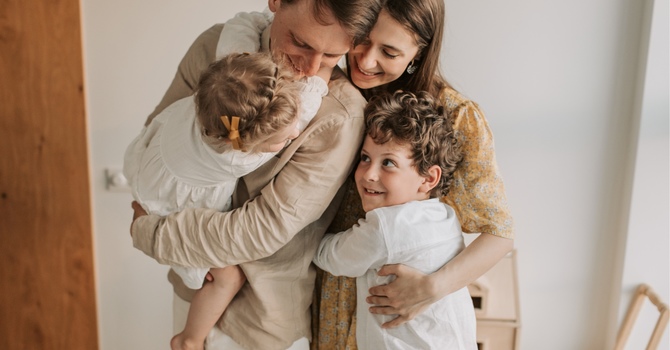Have you ever wondered why some people seem to build relationships with ease, while others struggle with closeness or trust? Why we might sometimes pull away when we need connection the most, or cling tightly when we fear losing someone?
These patterns often stem from something called attachment styles, a way of understanding how we connect with others, especially those closest to us.
Attachment theory began with the work of John Bowlby and Mary Ainsworth, and it's become one of the most powerful ways we can understand our emotional lives. It helps us make sense of not only how we bonded with our caregivers as children, but also how those early patterns can show up in adult relationships.
The Four Main Attachment Styles
Here’s a gentle breakdown of the four core attachment styles, and how they might show up across a lifetime:
1. Secure Attachment
This is the healthiest and most balanced style. It usually develops when a child’s emotional and physical needs are met in a consistent, loving, and responsive way.
Children with secure attachment tend to:
- Trust that others will be there when needed
- Feel comfortable exploring the world, knowing they have a safe base
- Cope with stress more effectively
As adults, secure attachment looks like:
- Feeling safe and connected in relationships
- Being open, honest, and emotionally available
- Valuing both closeness and independence
2. Avoidant Attachment (also called Dismissive-Avoidant)
This style forms when a child’s emotional needs are often dismissed, minimized, or met with rejection. These children learn early on that reaching out for support might not help.
Children with avoidant attachment may:
- Appear very independent
- Struggle to ask for help
- Shut down emotionally in stressful situations
As adults, they might:
- Seem distant or emotionally unavailable
- Struggle to open up or let others in
- Value independence so highly that relationships feel unsafe
3. Anxious Attachment (also called Anxious-Preoccupied)
This style often develops when caregiving is inconsistent; sometimes warm, other times unavailable. The child becomes unsure about whether or not their needs will be met.
Children with anxious attachment might:
- Cling to caregivers or act out to get attention
- Feel easily overwhelmed by emotion
- Worry about being abandoned
As adults, they may:
- Feel anxious or insecure in relationships
- Seek constant reassurance
- Feel they need others to “complete” them or fix their problems
4. Disorganized Attachment (also called Fearful-Avoidant)
This is the most complex style and usually develops in response to trauma, loss, or fear. A child with this attachment style often experiences caregivers as both a source of comfort and fear, which creates confusion and inner conflict.
These children may:
- Have unpredictable emotional reactions
- Act aggressively or withdraw socially
- Feel unsafe even with people they love
As adults, disorganized attachment can look like:
- Intense, stormy relationships
- Fear of both closeness and abandonment
- Emotional overwhelm and difficulty trusting others
What Shapes Our Attachment Style?
Attachment is shaped by many factors, especially in early childhood. The way we were responded to, the consistency of care we received, and the emotional climate of our home all play a part.
But here’s something important: attachment styles are not fixed. While they often form early, they can evolve and change over time, especially through safe, consistent relationships and therapeutic support.
What This Means in the Therapy Room
When I work with children, youth, or adults, I often explore these patterns gently and compassionately. Understanding your attachment style isn’t about labeling or pathologizing, it’s about insight. It’s about noticing how early experiences might still be echoing through your life today, especially in the way you love, ask for help, set boundaries, or cope with stress.
In therapy, we can begin to:
- Recognize old patterns that no longer serve you
- Build new experiences of safety and connection
- Rewire the nervous system with gentleness, consistency, and care
A Final Thought
No matter your attachment style, you are not broken. You adapted to your environment the best way you could, and those adaptations likely helped you survive. But now, if those old patterns are feeling heavy or lonely, it’s okay to want something different.
Healing begins with understanding. And change begins with connection.
If you’re curious about how your attachment style may be showing up in your life, or your child’s, I’m here to walk alongside you. At Wabi Sabi Wellness, we honour the messy, imperfect beauty of growing, relating, and healing.

Jill Havelock
Contact Me



